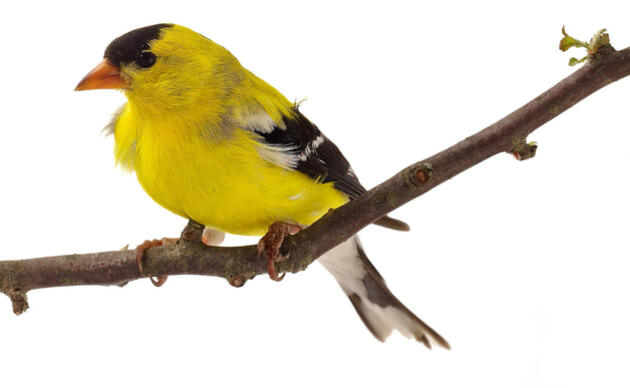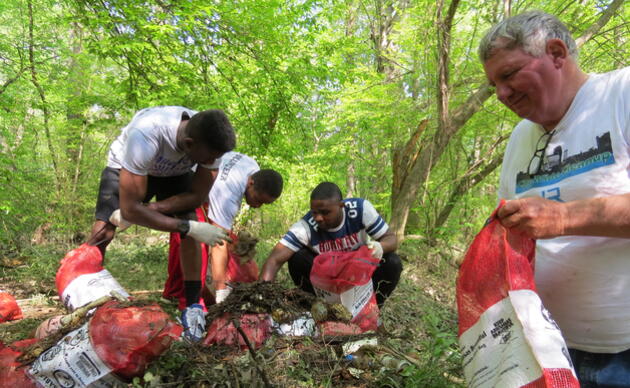July 4th weekend is coming up! It’s a great time for family and friends to play and relax on the beach, but this can also be a dangerous time for birds nesting on those same beaches. Human disturbance to nests can have devastating effects on already threatened bird species. This weekend, partner with Audubon Louisiana to protect these nests, and enjoy some time on the beach!
No experience is necessary, and if you can volunteer at Rutherford Beach for any amount of time on any day between July 4th and 7th, 2019, please contact Audubon Louisiana’s Coastal Biologist, Katie Barnes at kbarnes@audubon.org to sign up!
Why We Need Your Help to Protect Beach-nesting Birds
Dozens of species of birds nest only along the narrow strip of land and sea that is one of America’s favorite vacation destinations – the beach. They lay camouflaged eggs in the sand, and their flightless chicks are also perfectly camouflaged in this environment. This is ideal for avoiding predators, like raccoons, coyotes, and gulls. But this puts them at great risk to human disturbance.

In the heat of the Louisiana summer, unprotected eggs and young can fry under the sun as sand temperatures exceed 120 degrees. Plover, tern, and nighthawk parents must shade their eggs and babies to keep them cool, and will even dip their bellies in the water to help. A nest disturbed by humans or their pets can have devastating consequences to beach-nesting birds, and sadly, many species are experiencing population declines.
Our research in Louisiana over the last eight years has also demonstrated that storm surge and high coyote populations also threaten these birds. Louisiana’s subsidence problems, coupled with sea level rise, means that many nests are being washed away by storm events. Meanwhile, coyotes are thriving in many places because of human trash and dead fish washing ashore. Over the last three years, Least Tern nesting success on Cameron, Lafourche, and Jefferson Parish beaches is only 11.6% – far too low to sustain their population.
How Volunteers are Making a Difference
We can address subsidence and storm surge problems for nesting birds through large-scale restoration, and we can also protect nesting birds from the added threat of human disturbance. In 2018 on Elmer’s Island and Grand Isle, our staff worked with LDWF and over a dozen volunteers to erect nearly 3 miles of symbolic fencing to protect nesting areas from human disturbance. And the result was thrilling – not a single nest or chick, among hundreds that we monitored, had been crushed by beachgoers. The physical protection of symbolic fencing worked, coupled with persistent and friendly outreach.
In Cameron Parish, Least Terns prospect each year for a safe place to nest. After the Cameron Shoreline Restoration project, this 5-mile stretch of newly elevated beach just east of Holly Beach supported nearly 400 pairs of terns in 2015. Unfortunately, coyotes quickly found them and illegal beach driving likely exacerbated that problem. In 2016 and 2017, most Least Terns in the area moved to a gravel parking lot surrounded by a chain link fence (no coyotes!). The owners at the RLC heliport were phenomenal stewards and helped us prevent that part of the parking lot to be used by their employees. Nesting success was high, but a Great Horned Owl and Loggerhead Shrikes prevented most of the young from surviving.
In 2018 and now again in 2019, most of the Least Terns moved to Rutherford Beach. There are few coyotes here, and, though ghost crabs and some trampling of nests by cattle have reduced nest success somewhat, the beach is elevated such that nests are largely protected from minor storm surge events. It’s a perfect place for beach-nesting birds. In fact, a Snowy Plover nest, only one of less than 20 ever documented in the state, successfully hatched here this year!

Except…
There is a driving path that runs along Rutherford Beach, west along the dunes. Much of this stretch of Rutherford Beach is technically private, with the 3-mile stretch of beach owned in pieces by over 100 land owners, but this area is essentially “open” to the public. Despite our efforts working with several of those landowners, volunteers, and even Cameron Parish leaders (thanks!) to post signs along the driving path, some beachgoers continue to ignore these. We have also seen people dump (and burn) trash here. As a consequence, 1 in 8 nests have been destroyed by humans this year at Rutherford Beach.

Enforcement of these disruptive actions can only be so effective, and, in some cases, is actually counter-productive by alienating visitors and locals. Gentle education and outreach, however, is an effective tool to improve outcomes for beach-nesting birds.
Why July 4th Weekend is Important for Birds
We are worried that the 4th of July weekend will have a substantial negative impact at Rutherford Beach. As we near the end of the nesting season, this is the birds’ last push to successfully raise their young. A 4th of July fireworks show is scheduled for Rutherford Beach on the evening of Saturday, July 6th. We anticipate that hundreds of people, their cars, their ATVs, and their pets will be at the beach to celebrate.
So we need your help! Our staff will steward the beach each day from July 4th through the 7th, and the birds will benefit from your assistance! The more volunteers that participate, the more we can spread across the beach to encourage people to respect the nesting bird area. We can provide some volunteers with binoculars and spotting scopes (or bring your own!) to help people see these special birds, and their young, from a safe distance.
Together, we can help people and birds share the beach!




